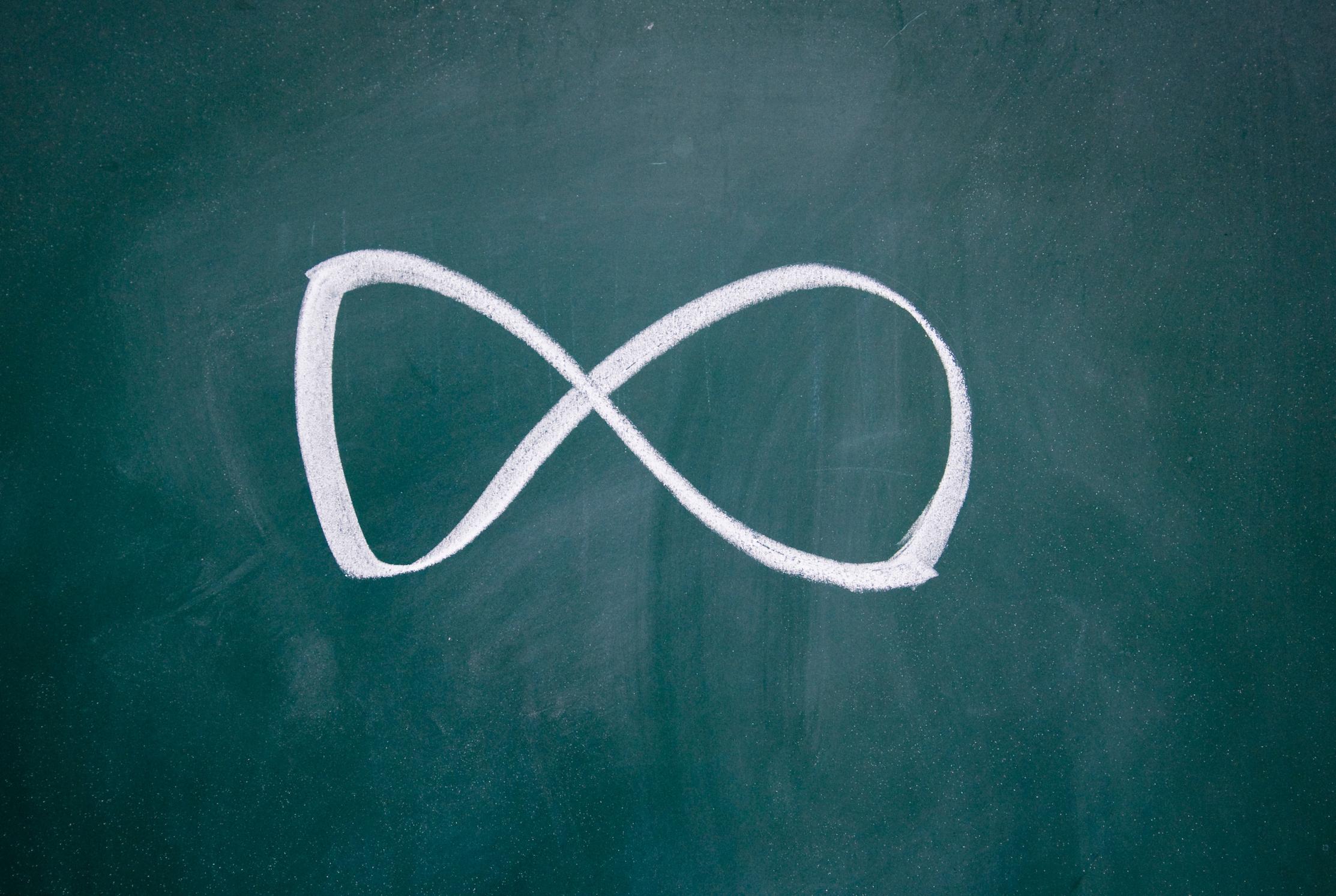
1 minute read
SCIENCE AND MATH CONT.
continued from previous page
But this ¹⁄ₒ is not a real number because there is no quantity of zeros that add to a positive number. But let’s just assume that ¹⁄ₒ=∞ for now. Because of the multiplicative inverse thing, that means 0(∞)=1, because the zeros cancel out here, and just leave you with one Since this is one, that means that 0(∞)+0(∞)=2. But if you use the distributive property, then that means (0+0) (∞)=2. This simplifies to 0(∞)=2, but it also is equal to one, which leads to the statement that 2=1. Strangely enough, this isn’t necessarily false, but if it were true, we would again have to reconsider all of our mathematical concepts. In the grand scheme of things, this wouldn’t be useful to us, so we just define 1/0 as undefined.
While it would be cool to define how to divide by zero, it isn’t really useful, and we wouldn’t want to completely change mathematics. Meanwhile, though, we can keep on thinking about this complicated mathematical dilemma.








